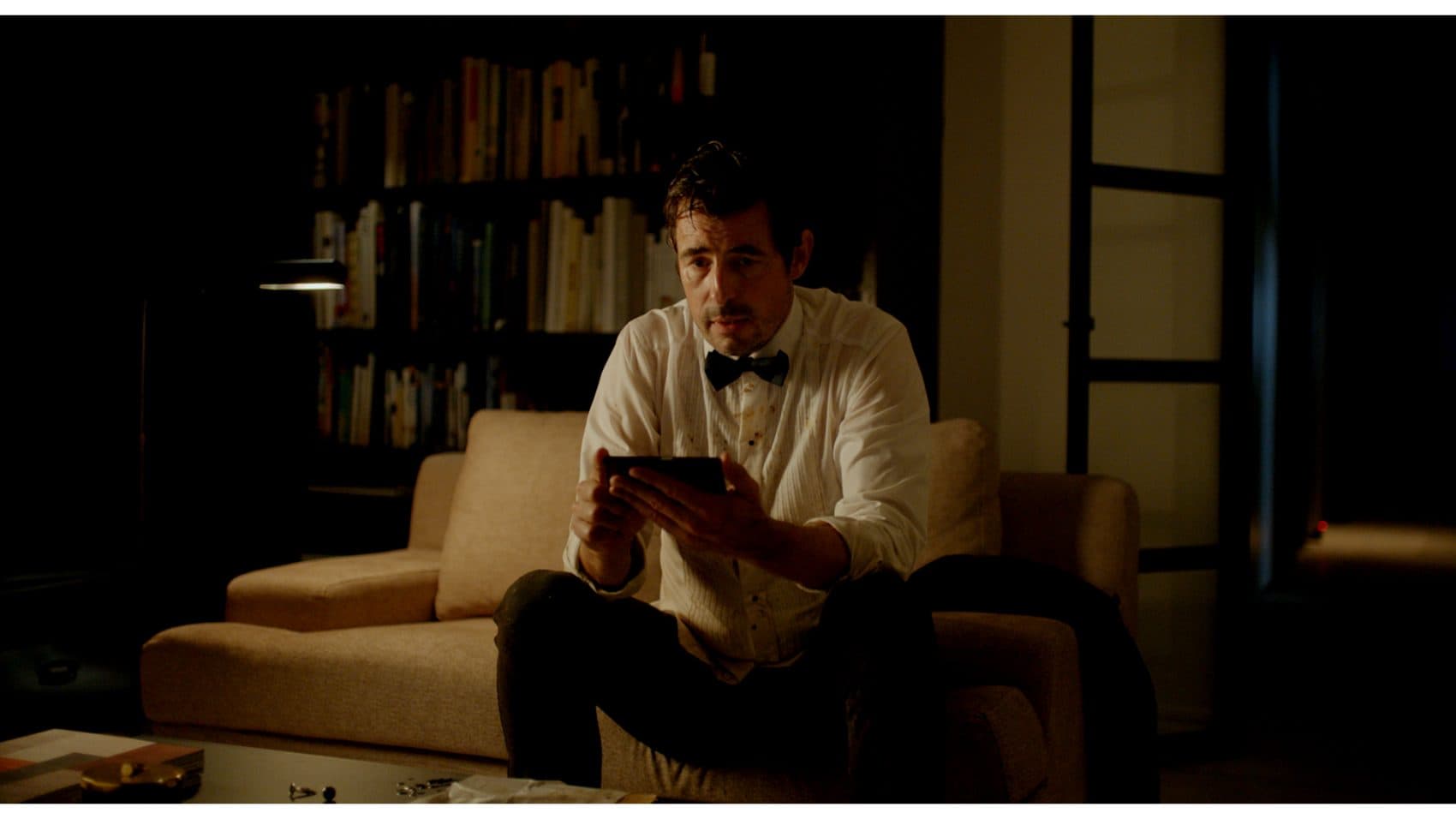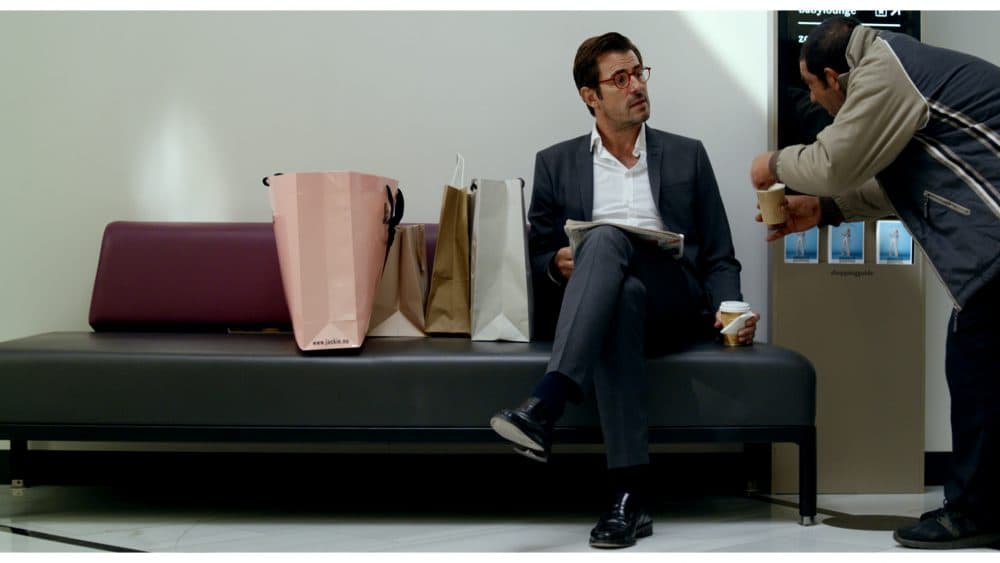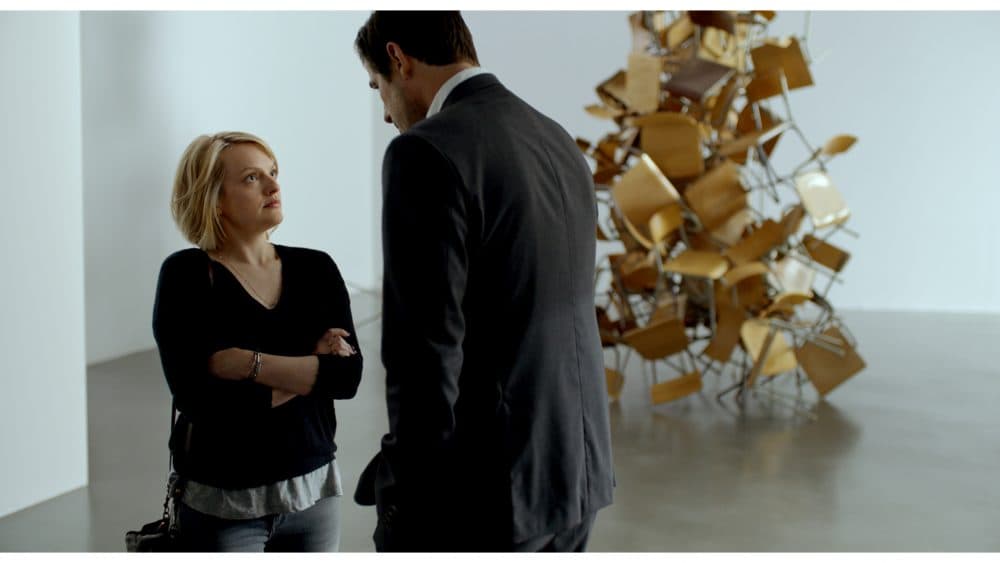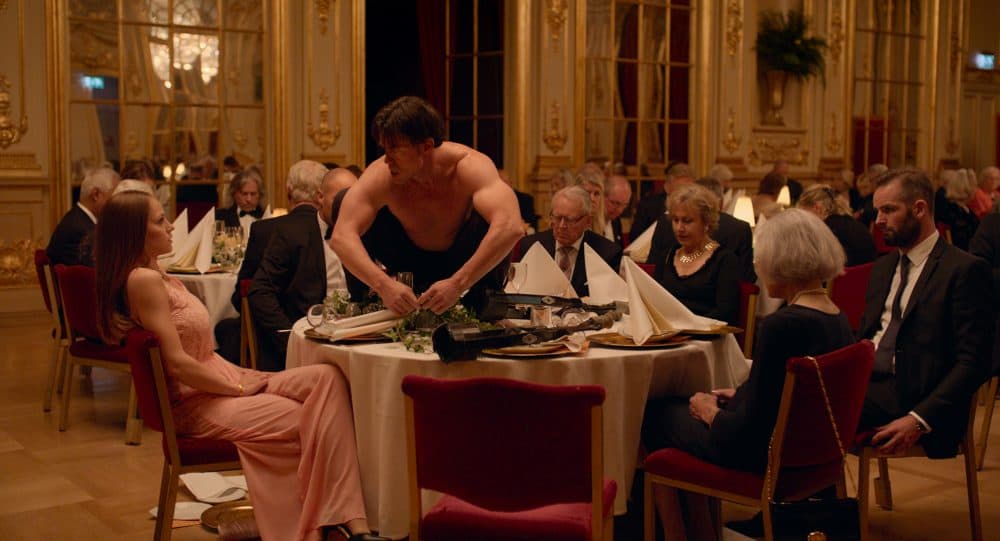Advertisement
Review
Palme d'Or Or Don't? Ruben Östlund's 'The Square' Frustrates As Often As It Provokes

There was more than a bit of head-scratching by critics and audiences when writer-director Ruben Östlund’s “The Square” was awarded the Palme d’Or at this past summer’s Cannes Film Festival. Roughly half the movie buffs I know have hailed the filmmaker’s follow-up to his surprise 2014 arthouse smash “Force Majeure” to be some sort of masterpiece, while the other half detest it with such vitriol I think it’s already outpaced “mother!” as the year’s most polarizing film. In fact, I’ve spent so much time these last few months listening to people argue about “The Square” that finally watching the film itself was a little anticlimactic. As with most love-it-or-hate-it movies, I land somewhere in the mushy middle.
An oddball two-and-a-half hour provocation, “The Square” begins ostensibly as a satire of Sweden’s modern art scene before expanding outward to reveal larger, wobblier aims. The dashing Danish actor Claes Bang stars as Christian, curator of the fictional X-Royal Museum in Stockholm, a former palace now boasting eccentric exhibits such as symmetrically arranged piles of gravel on the floor. (Not a good sign when the janitors are accidentally sweeping up your art.) For all his good looks, Christian is nonetheless something of a prat, wearing red Wim Wenders eyeglasses and tirelessly rehearsing his “extemporaneous” remarks. We first meet him tripping over his words during an interview with a peculiar American journalist (Elisabeth Moss), and from then on, it’s never 100 percent certain Christian really knows what the hell he’s talking about.

But he’s awfully jazzed about the X-Royal’s latest blockbuster, a relational aesthetics exercise in which a four-by-four meter square outline on the ground has been designated “a sanctuary of trust and caring. Within it we all have equal rights and obligations.” The utopian ideal I guess is that inside The Square folks are required to help and provide for their fellow man, and the irony is that even in this absurdly rich and refined museum community such a thing could only be imaginable in a tiny box. Östlund makes his points early and often, positioning the city’s homeless on the perimeter of his shots, but never anywhere near The Square. After all, how could they afford the price of admission?
From there the film sort of splays out all over the place, running with the theme of breaks in the social contract that typically escalate from bad to worse thanks to Christian’s well-intentioned condescension. Östlund’s “Force Majeure” gleefully dismantled its protagonist’s unearned machismo, and “The Square” similarly takes a wrecking ball to our hero’s blithe delusions of noblesse oblige. Bang is the kind of handsome that you love to watch squirm, and this filmmaker never met an awkward situation that he couldn’t let drag out for a beat or two longer than necessary to maximize the cringe comedy. The best scenes stew in their own juices until the cuts feel like acts of mercy.

I couldn’t help hearing the “Curb Your Enthusiasm” circus theme music in my head during a lot of key sequences. One — in which Christian charitably offers to buy a homeless woman a fast food sandwich and is incensed by the entitlement with which she asks for no onions on it — is straight out of the Larry David playbook. Ditto for the curator’s uncomfortable affair with the dizzy reporter (Moss), their argument over post-coital condom disposal one of the film’s queasiest highlights.
However, 152 minutes is an awful lot of this. (That’s like half-a-season of “Curb” in one sitting.) After a while, the sending up of bourgeoisie artsy-fartsy types feels like fish in a barrel, and I’m not convinced the movie is quite as clever as it seems to think it is. “The Square” tries veering into darker territory when a young boy offended by one of Christian’s characteristically thoughtless maneuvers comes calling, but Östlund can’t quite negotiate the turns. It’s got that raggedy, everything-plus-the-kitchen-sink feeling you get whenever a director has a big success and overstuffs his next picture with every idea that comes into his head. (I have no idea why Moss has a chimpanzee for a roommate, but I do appreciate the aplomb with which it shrugs off these human characters’ petty dramas.)

The film’s bravura centerpiece sequence finds the museum’s well-heeled donors ambushed at a fancy dinner by a performance artist played by stuntman and motion capture artist Terry Notary. Shirtless, grunting and preening like an ape, he leaps atop tables and terrorizes the patrons according to laws of the jungle. The scene begins as comedy and quickly turns quite frightening, potently illustrating how little incitement it takes for polite society to descend to the level of dumb beasts.
But aside from the obvious thematic connections, the sequence has absolutely nothing to do with the rest of the film, the dinner’s dire consequences going confoundingly unremarked upon for the remainder of the running time. This sort of sloppiness is sadly symptomatic of “The Square,” a film that frustrates as often as it provokes.
